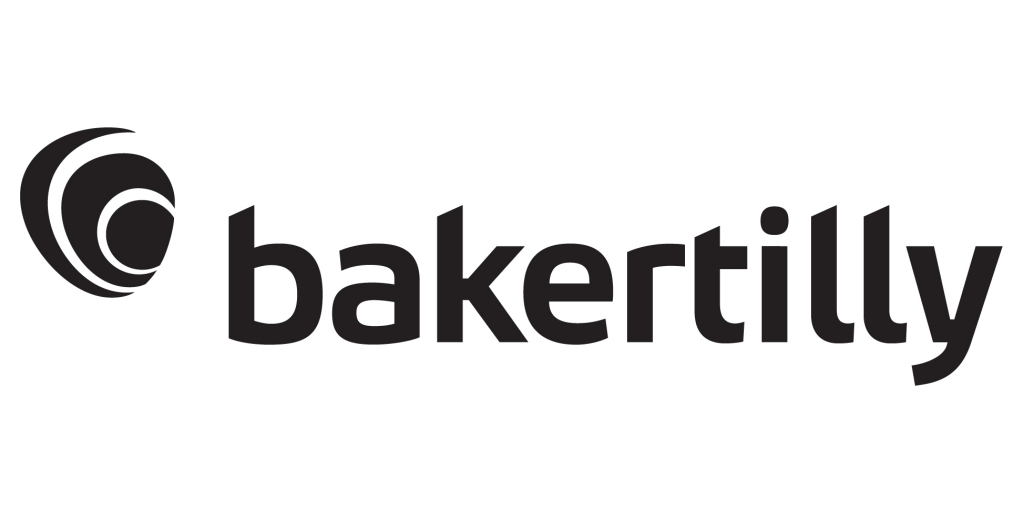HUD’s RAD for Section 202 PRAC Program: A Vital Initiative for Elderly Affordable Housing
Authored by Jenn Krieher, Baker Tilly, Rob Hazelton, Dominion Due Diligence Group
Ensuring affordable housing for the elderly population is critical in today’s housing marketplace. The Section 202 Project Rental Assistance Contract Program (PRAC) through the U.S. Department of Housing and Urban Development (HUD) provides rental assistance to elderly residents.
RAD for PRAC background
In 2019, HUD issued Notice PIH 2019-23 (HA) introducing the ability for PRACs to convert to Section 8 through the Rental Assistance Demonstration Program (RAD). Commonly referred to as “RAD for PRAC,” this program aims to preserve and enhance affordable housing for elderly residents. It is administered through the HUD Office of Recapitalization in partnership with the HUD office of multifamily. The RAD for PRAC program forgives the 202 PRAC capital advance mortgage note, allowing owners to bring in financing to rehabilitate and maintain affordable housing units.
The program increases the 202 PRAC focus on the aging gracefully in place concept. When owners can evidence a strong emphasis on supportive services such as transportation, health-related activities, meal and nutritional services, continuing education, recreation and welfare, a rent increase of up to $27 per unit per month is available, upon HUD approval, at the time of conversion. This is an increase in the PRAC rents that will become Section 8 contract rents.
Who can benefit from RAD for PRAC
202 PRAC property owners are familiar with the Budget-Based Rent Increase (BBRI) process through which the owner submits a property budget to its assigned HUD multifamily office each year, justifying the need for a rent increase. At times that increase may be nominal. However, aging PRAC properties, many of which need capital repairs and improvements, can benefit from the Capital Needs Assessment (CNA) required for the RAD for PRAC program.
A BBRI CNA should identify not only deferred maintenance items and necessary renovations, but can also include resiliency and sustainability efforts, as well as owner-driven renovations to improve resident quality of life. The CNA also establishes the baseline capital needs of the property over a 20-year term. An annual deposit to replacement reserves is set based on the amount needed to properly fund the Reserve for Replacement (RFR) account. HUD reviews the increase to the RFR account and, if approved, there is an increase in PRAC rents used for the conversion to Section 8. This is an element not otherwise available in the BBRI process.
Increased rents for owners
Depending on the level that rehabilitation or construction scope includes aging-in-place design, climate resilience, energy efficiency and water efficiency, owners may be able to increase rents by up to $250 per unit per month (PUPM) or $100 PUPM. If the percentage of hard costs exceeds 60% of HUD’s published Housing Construction Costs (HCC) for the market area, up to $250 PUPM is available. $100 PUPM is available when hard costs exceed 30% of HCC. Eligibility criteria must be met, and owners must prove the rent increase is necessary for the transaction to be feasible. A rent increase is also available if there will be a reduction of one or more utility components used to establish the utility allowance. Utility components include gas, water and sewer and electric. When such a reduction is made, HUD will increase the rent by a portion of the utility savings.
Upon conversion to Section 8, properties no longer go through the annual BBRI process. Instead, they receive annual rent increases based on the Operating Cost Adjustment Factor (OCAF), which HUD publishes annually by state. This percentage can fluctuate from year-to-year, however, it never goes negative. To view your state’s 2024 OCAF, visit this link to the Federal Register page.
Now is the time to consider RAD for PRAC conversion
Owners of 202 PRACs can benefit from the RAD for PRAC program in a number of ways including the ability to refinance, reduce risks associated with climate change and energy dependence, preserve long-term affordability and seize opportunities for increased rents to meet the short and long-term goals of your property. In addition, the time has never been better to consider a RAD for PRAC conversion considering the magnitude of green dollars available through the Inflation Reduction Act (IRA).
For more information on this topic, or to learn how our Baker Tilly housing specialists can help with your RAD for PRAC conversion, contact our team.

